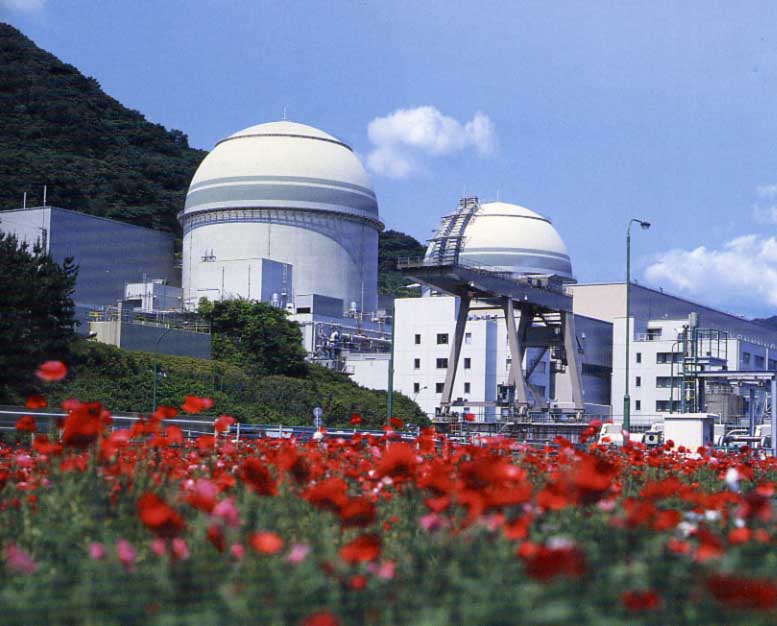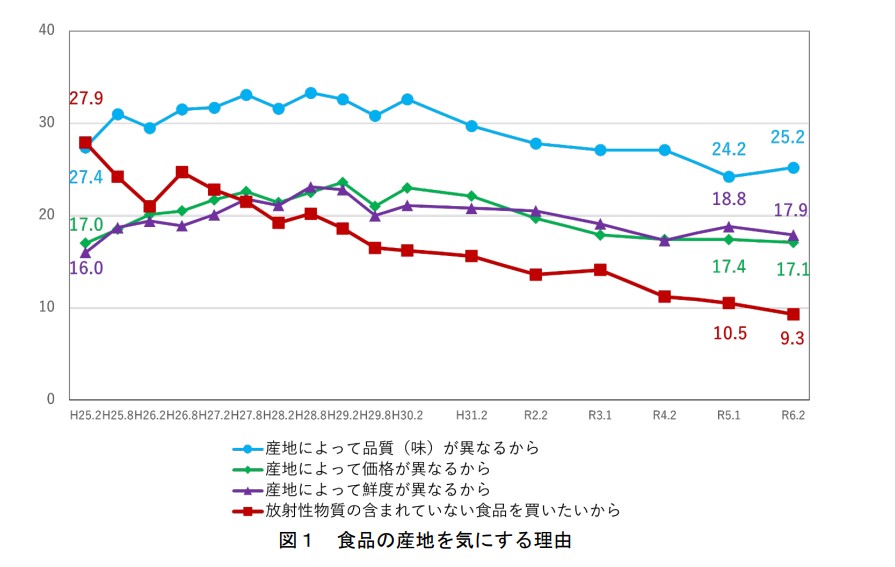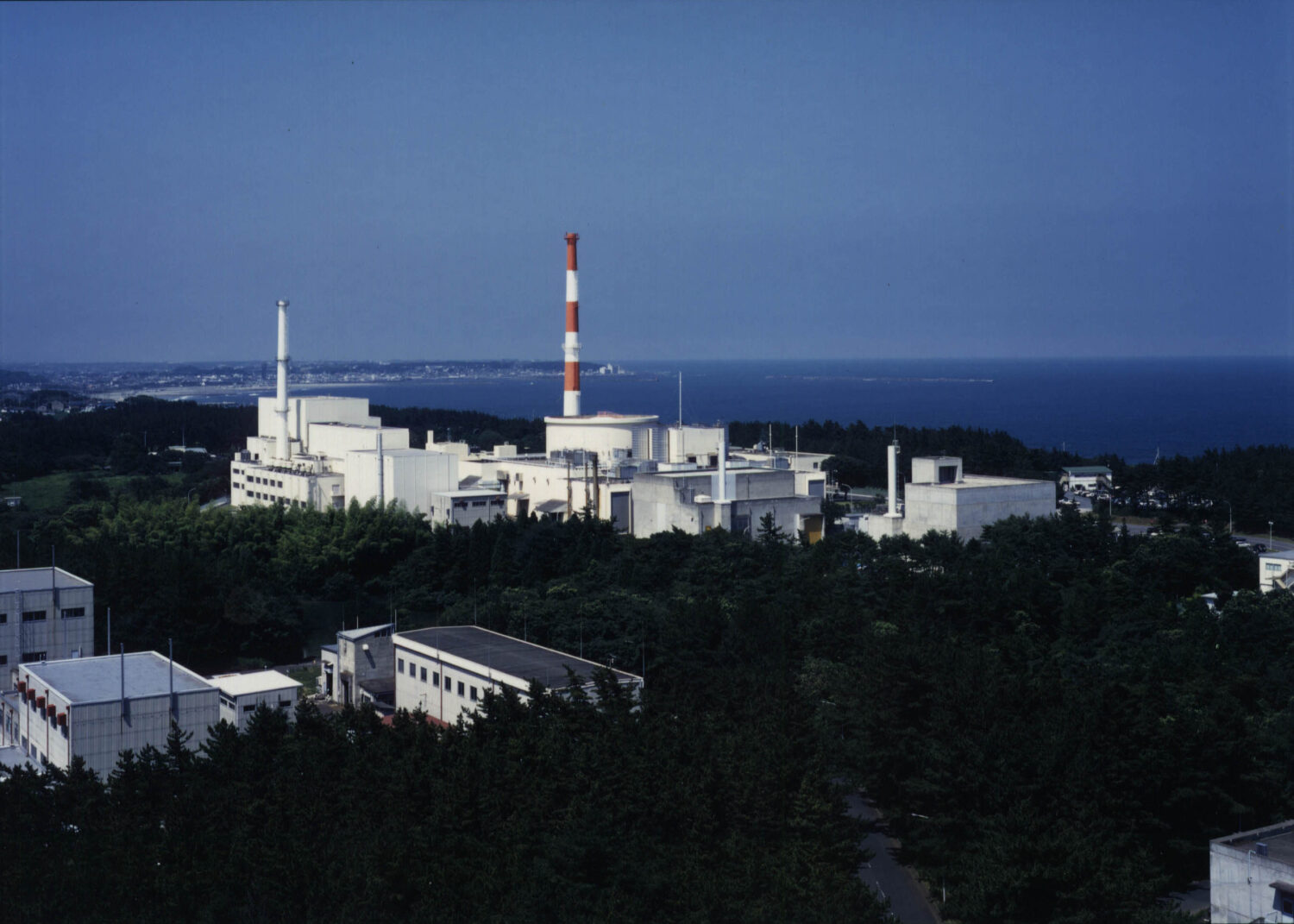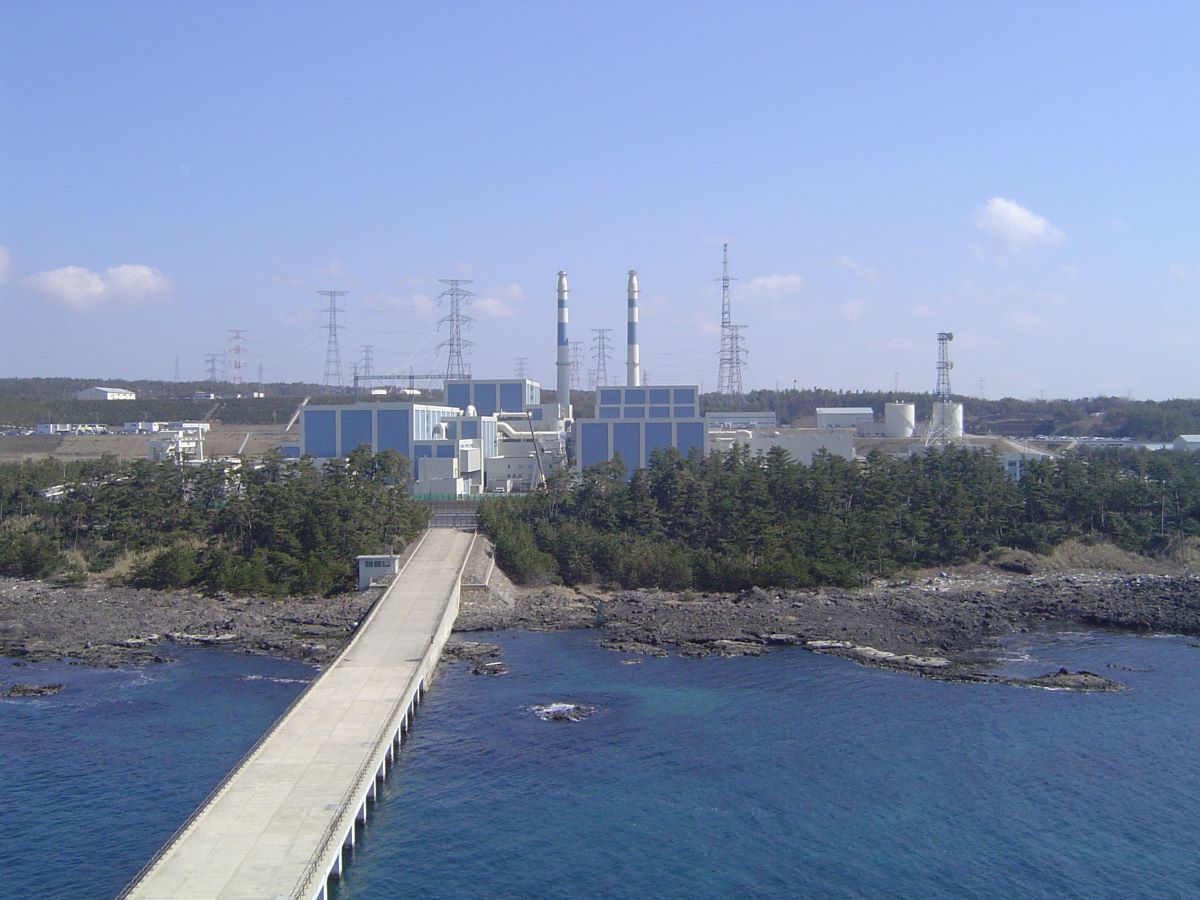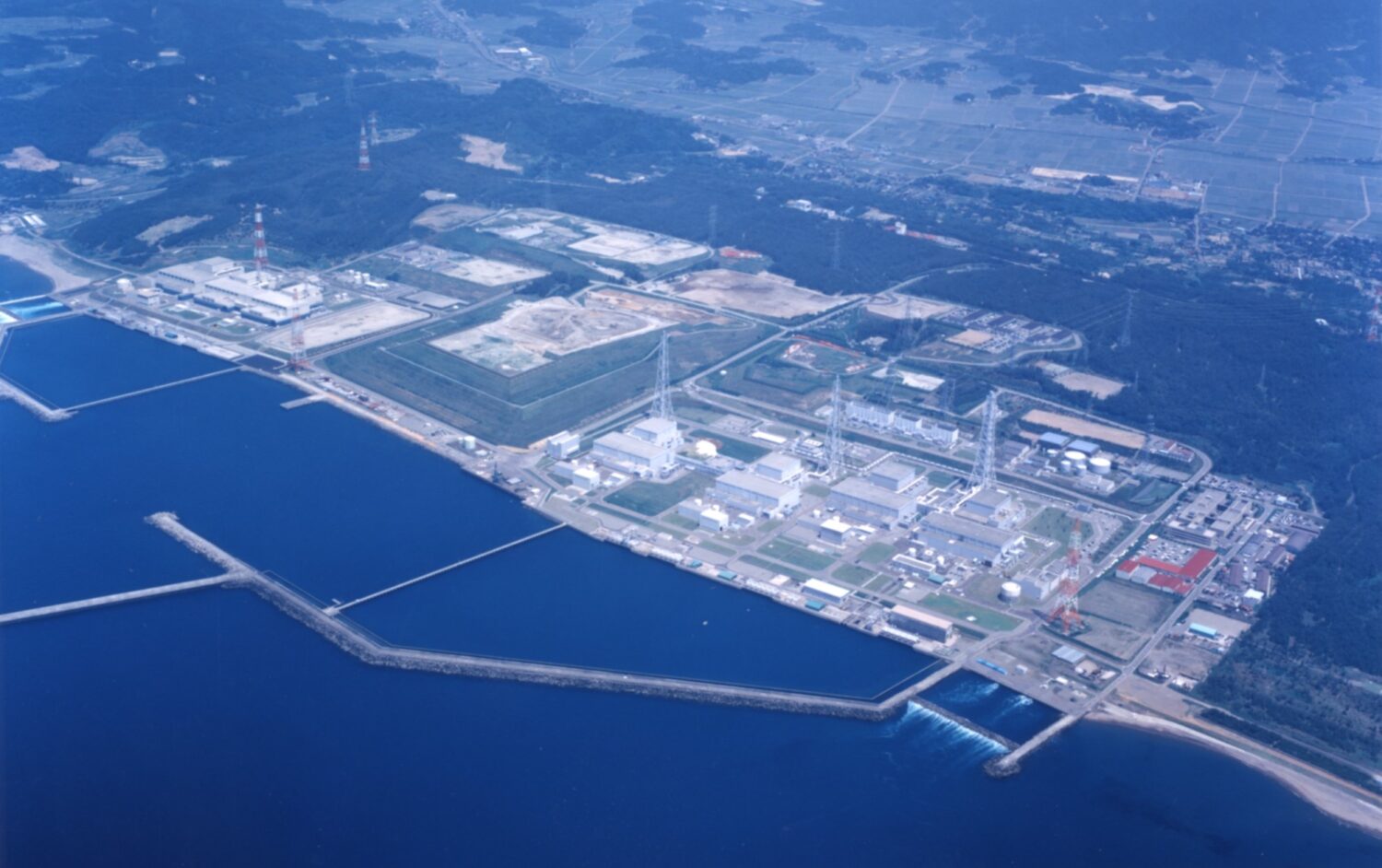Since last autumn, the NRA has been discussing the design of a new system of safety regulation for aging NPPs, looking ahead to deliberations by the Agency for Natural Resources and Energy (ANRE) under the Ministry of Economy, Trade and Industry (METI) on revisions to NPP operating lifetimes.
On February 13, it approved both an outline of a system and draft revisions to a related bill. The proposed new system will require a nuclear operator to issue a long-term facility management plan at the 30th year of a particular NPP’s operation and every ten years thereafter, and to pass a safety examination. The new system will be implemented upon enactment of the bill.
In order to not delay the start of operation upon enactment, the working team will address detailed rules and guidelines for the system. The new team is composed primarily of Commissioner SUGIYAMA Tomoyuki, responsible for examinations of NPPs, and staff from the NRA Secretariat. Hearings with nuclear operators will be conducted as necessary.
Sugiyama kicked off the first meeting, saying, “In order for there to be a smooth shift to the new system, the team will discuss how the safety of aging NPPs will be secured.” The NRA secretariat identified the following areas to be considered by the team:
- General framework
- New technological items to be addressed (e.g., evaluation of NPPs at 60 years of operation and thereafter)
- Methods for disseminating information in an easily understood manner (an outline will be issued in a month or so)
The secretariat also showed its basic intention that, under the new system, the technical aspects of current deterioration evaluations would continue until the 60th year of operation, and that the “special inspections” that have been conducted for extensions of operating lifetimes under the “40+20” approach would be basically maintained.
Regarding the problem of so-called “old design,” the NRA secretariat looked back at how it had been dealt with in compatibility examinations under the new regulatory standards, citing severe accident measures by operators and improvements to materials as examples.
The secretariat suggested that the team ascertain the relationship between “old design” and deterioration management, and whether backfitting would be a solution, confirming compliance, at facilities that have already obtained permission and licenses, with regulatory requirements imposed based on new knowledge and expertise.
As a specialist in plant safety engineering, Sugiyama said, “NPPs that have never been operated, but for which it has been many years since work on them began, are still regarded as ‘zero-years’ old.” He then questioned the idea that an NPP that at one time obtained installation permission could then be guaranteed 40 years of operation “from now.” He noted that progressive deterioration during a period when an NPP in not in operation is an important point for consideration.
In addition to Sugiyama, Commissioners TANAKA Satoru, BAN Nobuhiko and ISHIWATARI Akira attended the first meeting. Ishiwatari, responsible for examinations related to earthquakes and tsunami, referred to overseas issuances of permission for long-term operation, and talked about possible changes to the environments around NPP sites.
He said, “Over the course of 60 years, the environment may have changed completely, as rivers may flow differently because of flooding, and houses may have been built on what used to be farmland,” he said, pointing out a lack of vision involving environmental impact assessments in designing the new system.
The working team will meet two or three times a month from now on, depending on the progress of its work.



-1.png)








.jpg)


